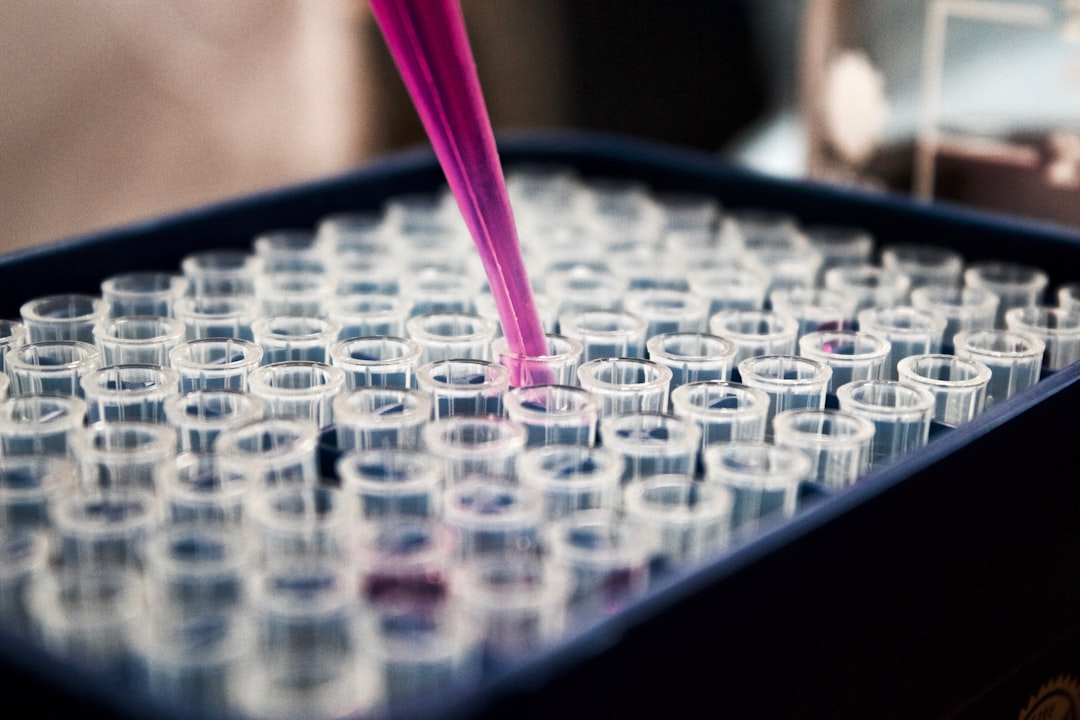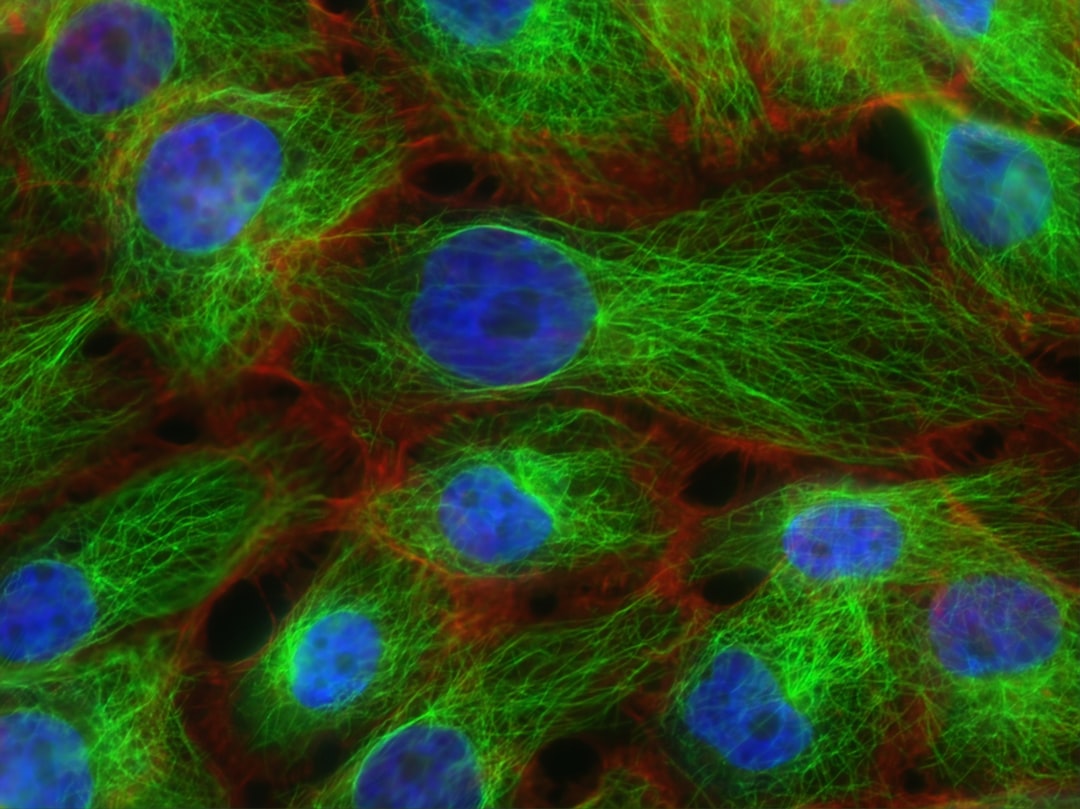What is it about?
BACKGROUND: Separation and purification of lithium by solvent extraction and supported liquid membrane using various commercial and non-commercial extraction has been reviewed. RESULTS: In solvent extraction, extraction by chelating extractants, acidic extractants, solvation extractants and mechanism involved in the extraction has been discussed. Solvent extraction of lithium by solvation extractants like; TOPO, DBM, TBP, and LIX and synergism of diketone with various solvation extractant combination have been reviewed. Finally, lithium extraction by supported liquid membrane using various extractants has been reviewed. CONCLUSION: The reported processes mainly lacking in analysis of chemical mechanism involved in the lithium extraction using all these extractants are analyzed and discussed.
Featured Image
Why is it important?
Lithium primary cells have been introduced to the market for about 40 years, while lithium secondary batteries or storage batteries commercially dominating during the current decade 4-6. Currently, the LIB represents about 37% of the rechargeable battery world market, powering laptop computers, cordless heavy-duty power tools, and hand-held electronic devices and their uses are increasing. Particularly small rechargeable LIB market steadily increasing in the following four sectors: cellular, computers, video cameras and cordless 7. The use of LIB has recently been driven by significant growth in transportation. It is estimated that the penetration of plug-in hybrid (PHEV), electric (EV) and hybrid (HEV) vehicles into the market in 2020 will be at 20% 8. Even exponential growth estimated for the lithium market as a component of electric and hybrid vehicle batteries and for alternative energy production. Concern over the carbon footprint of internal-combustion-powered automobiles, the projected future hydrocarbon shortage, and the quest for alternative energy sources estimated to occupy the LIB market. Electric-powered vehicles are expected to take market share from internal-combustion-powered vehicles in the near future. Large LIBs are and will continue to be needed for powering all-electric and hybrid vehicles and also for load leveling within solar- and wind-powered electric generation systems. Future light vehicles will potentially be powered by electric motors with large, lightweight batteries, and lithium is a particularly desirable metal for use in these batteries because of its high charge-to-weight ratio 9 10, 11. From the energy security to carbon footprint, from daily life to industrial growth, from environmental safety to mental health, the lithium is a very important commodity. Thus, it is essential to determine the rapid and accurate methods for separation, purification and recovery of lithium, which ultimately receiving a great attention of scientists, engineers, and industrialist in the present years 1-3.
Perspectives
Energy per capita consumption consequently uses of the energy metal lithium increasing rapidly and estimated to grow exponentially. To meet lithium requirement, it is essential to find the alternative for efficient recovery of lithium from secondary recourses such as from LIB. In favor of a clean environment and energy, to support environmental regulation, lithium metal economy, it is also essential to recover the metal values from waste LIB. Our thorough literature investigation suggests that lithium extraction using SLM is severely limited. Considering the drawbacks of solvent extraction and lack of research in SLM for lithium extraction, systematic fundamental and advanced research need to be conducted. Though SX is a versatile method for industrial production of lithium and SLM is an advanced technology to recover metal values, in the case of lithium both the processes are associated with severe limitations. For lithium extraction by SX, most of the reported extractants are non-commercial or expensive. For lithium extraction by SLM, research and development report are very limited. Hence, research and development of lithium extraction by SX and SLM using cheaper extractant, research for the commercial production of cheaper extractant and commercial process for recovery of lithium from secondary resources are inevitably essential.
Dr Basudev Swain
Institute for Advanced Engineering (IAE)
Read the Original
This page is a summary of: Separation and purification of lithium by solvent extraction and supported liquid membrane, analysis of their mechanism: a review, Journal of Chemical Technology & Biotechnology, April 2016, Wiley,
DOI: 10.1002/jctb.4976.
You can read the full text:
Contributors
The following have contributed to this page










